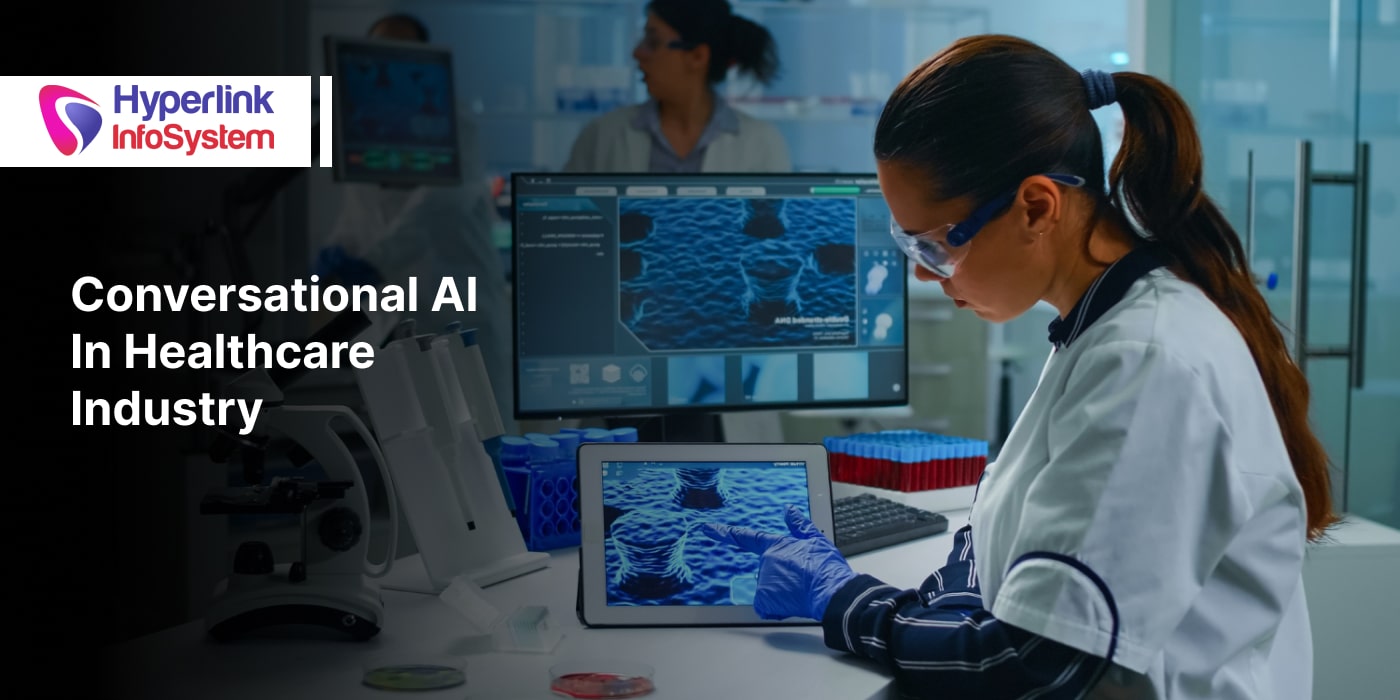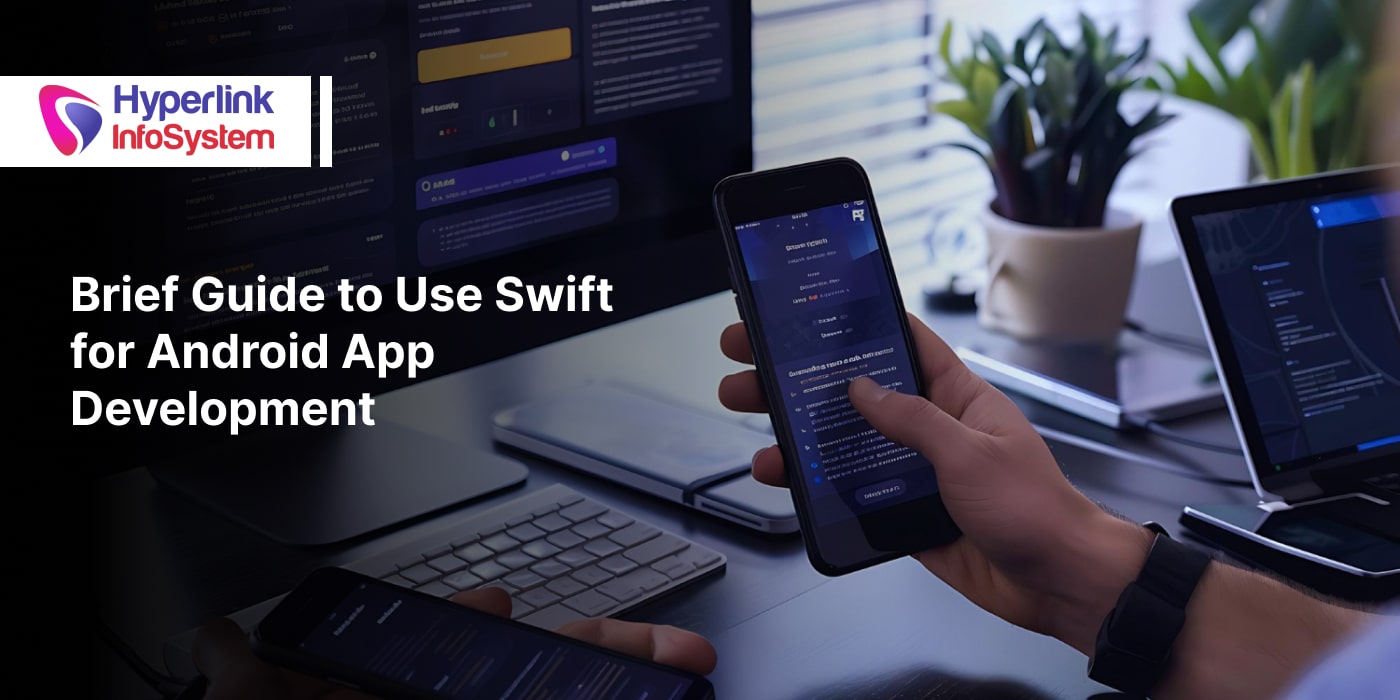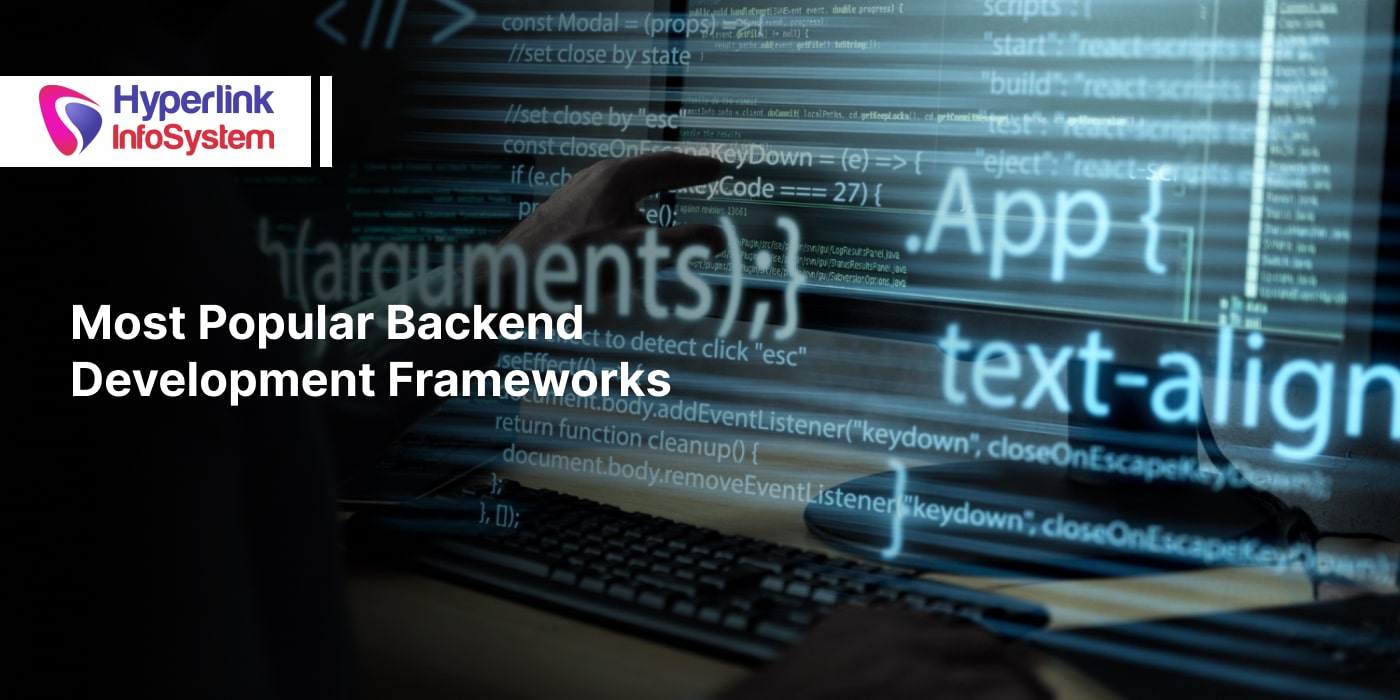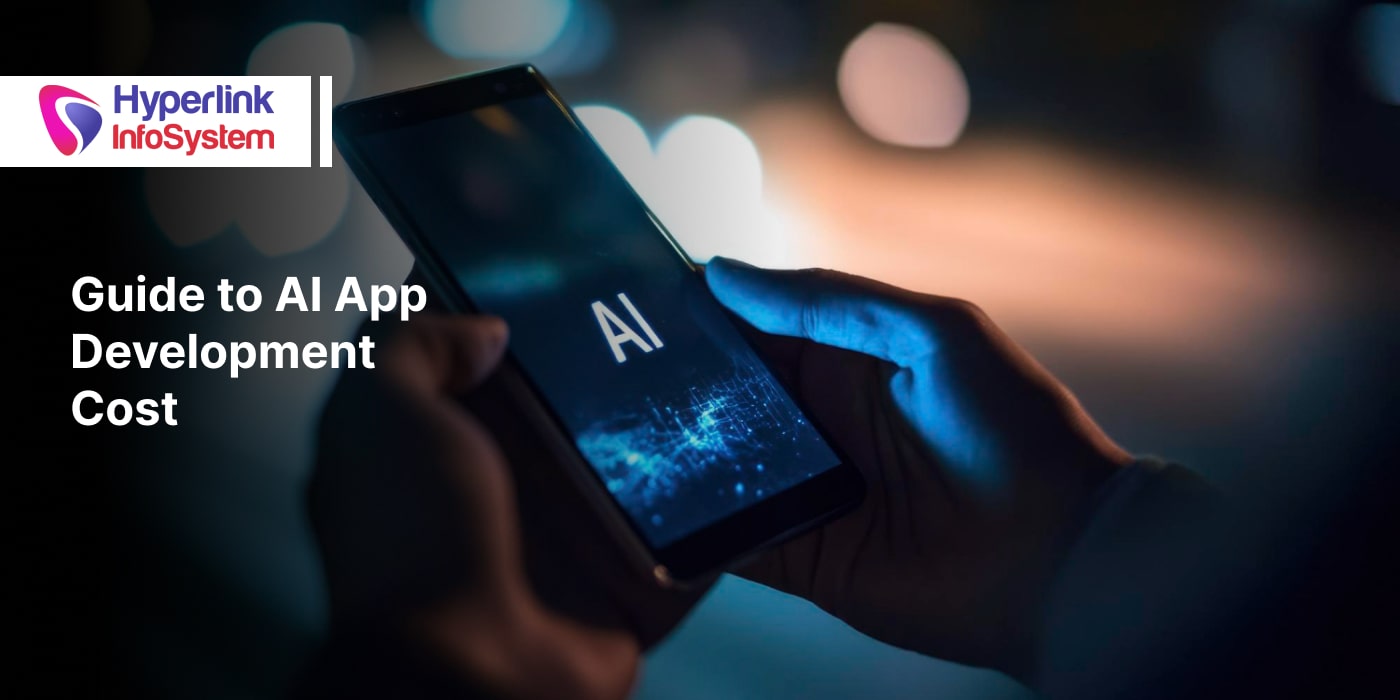How to Build an Intelligent AI Model: A Complete Guide
Jun 2025
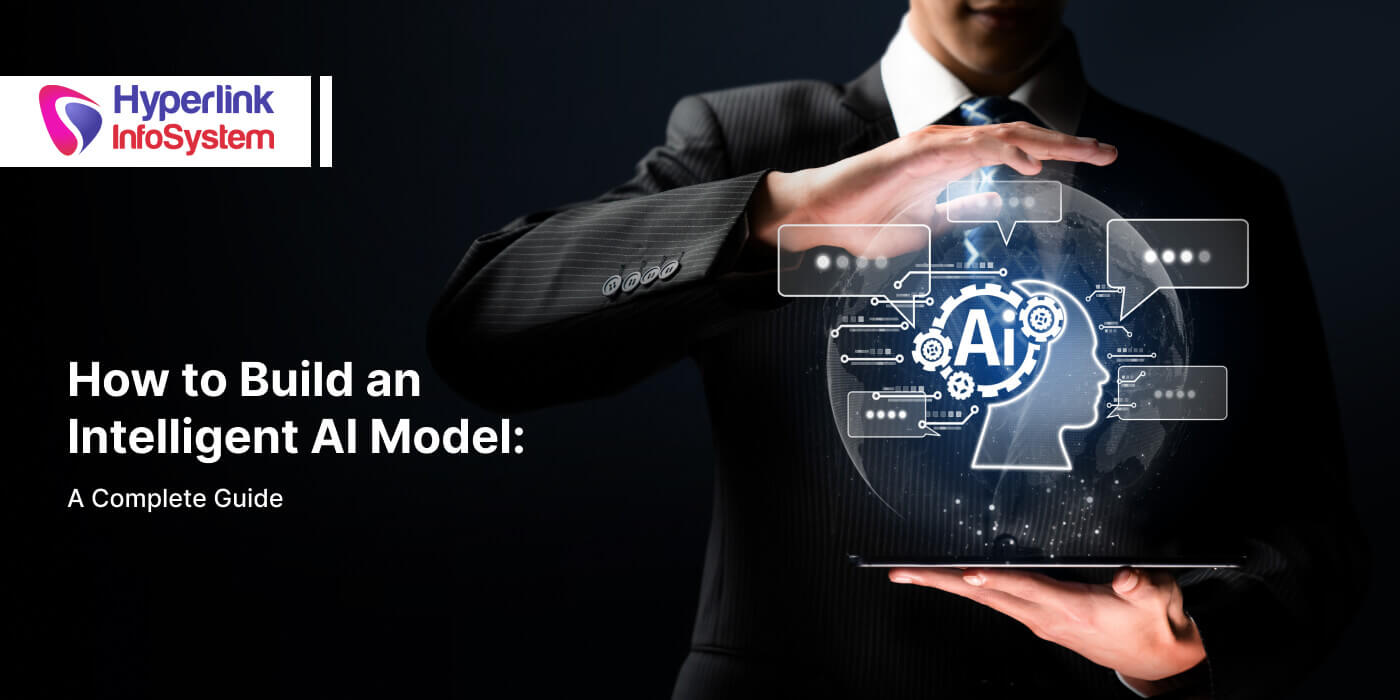
Remember the times when we all used to predict that AI would be able to do the most things that humans do. Feels like yesterday, right? It is fascinating how quickly AI has come around in every corner of our lives, rather than just being a futuristic prediction. With so much AI going around, the obvious question emerging to the surface is, "How do I create an AI model?" This blog is for you to know everything about building an intelligent, efficient, and scalable AI model. Let's dive in.
What Is an AI Model?
A mathematical model that has been trained on huge quantities of data in order to recognize patterns, make decisions, and perform tasks that would traditionally require human intelligence is referred to as an artificial intelligence model. Think of it as the intellect behind AI-based applications, like fraud detection software, recommendation algorithms, or chatbots like ChatGPT.
These models are not lines of code; they learn, learn new things, and improve over time. Sophisticated machine learning platforms or deep learning architectures, often residing on cloud systems such as AWS, Azure, or Google Cloud, are employed to train an AI model. These platforms allow for AI systems to process high volumes of data, run complex algorithms, and learn continuously by providing robust processing capabilities, scalable storage, and advanced tools.
Understanding AI Concepts
Before we dive into the actual process of building AI models, let’s get our heads around the foundational concepts that shape how artificial intelligence works in the real world. These are the building blocks behind everything from a chatbot like ChatGPT to the recommendation engine on your favorite shopping site.
1) Machine Learning (ML)
Imagine if a computer could learn the way we do through patterns, examples, and trial and error. That’s machine learning. Instead of hardcoding every decision, we feed data to an algorithm that gradually improves its ability to make predictions. For instance, ML powers the personalization you see on streaming platforms or fraud detection alerts from your bank. With quality machine learning services, businesses can tap into this tech to stay ahead of their competition.
2) Deep Learning
If machine learning is like basic arithmetic, deep learning is advanced calculus. It’s a more complex flavor of ML that mimics how our brain processes information using layers of interconnected “neurons.” This helps systems to find very subtle patterns, too, whether in voice commands, facial recognition, or medical imaging. This technique also helps in developing generative AI applications that can write, draw, or even compose music.
3) Natural Language Processing (NLP)
Ever talked to a chatbot and been amazed at how “human” it sounds? That’s NLP at work. It helps convey human tone, intent, context, and grammar to machines so they can communicate well with us. NLP is a fundamental element behind AI models interacting with human behaviour.
4) Generative AI
This is where AI goes from being reactive to creative. Generative AI doesn’t just analyze, it creates. Whether it’s writing copy, designing a logo, generating music, or even suggesting code, it learns from massive datasets and produces original output. In app development, generative AI is now being used to speed up UX design, write content automatically, and create interactive conversational agents.
5) Reinforcement Learning
Picture a child learning to ride a bike; they wobble, fall, try again, and eventually master it. Reinforcement learning teaches machines in a similar trial-and-error fashion. The AI takes actions, gets feedback (reward or punishment), and gradually improves its decision-making. It’s popular in robotics, video games, and even algorithmic trading.
6) AI Deployment and Integration
You’ve built an AI model. Now what? It needs a home; somewhere it can run, scale, and serve real users. That’s where cloud platforms like AWS, Azure, and Google Cloud come in. These platforms provide the infrastructure, APIs, and monitoring tools to deploy, manage, and scale AI systems efficiently. The right machine learning platform can turn an experimental model into a production-grade solution.
Understanding these core areas not only makes you a better decision-maker but also helps you communicate clearly with your artificial intelligence development company. Whether you’re looking to integrate AI features into your app or create something as advanced as a chatbot like ChatGPT, this knowledge is your roadmap.
At Hyperlink InfoSystem, we believe the first step to a successful AI project is clarity. As an experienced AI app development company in the USA, we guide you from concept to deployment, backed by powerful cloud tools and industry-leading AI development services.
Step-by-Step Guide to Creating an AI Model
The creation of an AI model takes more than just tool choice or coding; it is about creating innovative and working solutions to real problems. Here's a full guide;
1) Define the Problem You Want to Solve
Start with a question. What are you trying to fix, improve, or automate? Are you looking to reduce customer churn? Build a virtual assistant? Filter out spam? Or maybe you want to create the next ChatGPT-like chatbot? A well-defined problem gives your AI project a strong purpose and ensures your time and resources are invested wisely.
At Hyperlink InfoSystem, we work closely with clients to pinpoint the right use cases, aligning technical possibilities with real business value.
2) Collect and Prepare Your Data
This is the not-so-glamorous but absolutely crucial part. Your AI model is only as good as the data you feed it. You need to gather data from the right sources: APIs, databases, and customer interactions, and make sure it’s clean, organized, and relevant.
What this usually involves:
- Removing duplicates and correcting errors
- Labeling examples if you're using supervised learning
- Balancing the data to avoid bias
- Splitting it into training, validation, and test sets
Good data doesn’t just “exist”; it’s curated. Our machine learning services include data engineering and preparation tailored to your project's goals.
3) Choose the Right Algorithms
Different problems call for different tools. Here’s a quick cheat sheet:
- Classification (spam detection, sentiment analysis): Logistic Regression, Decision Trees
- Regression (forecasting sales, pricing models): Linear Regression
- Clustering (market segmentation): K-Means
- NLP (chatbots, translation): Transformers, LSTM, RNNs
- Generative AI (text/image creation): GPT models, diffusion models
We help our clients evaluate and experiment with these options based on accuracy, speed, and scalability.
4) Select a Machine Learning Platform
You could build everything from scratch, or you could work smarter with platforms that do the heavy lifting:
- AWS SageMaker: Great for full pipeline control
- Azure Machine Learning Studio: Seamless for the Microsoft stack
- Google Cloud Vertex AI: Scalable, flexible, and AI-first
Each comes with tools for model training, deployment, and monitoring. At Hyperlink InfoSystem, we specialize in integrating these platforms based on what fits your project best.
5) Train the Model
This is where your AI actually starts learning. You feed it data, adjust weights, and fine-tune performance. Sounds simple, but in reality, it requires:
- The right hardware (think GPUs or TPUs for deep learning)
- Careful monitoring to avoid overfitting
- Hyperparameter tuning (changing settings like learning rate, epochs, batch size)
Our team builds customized training workflows that help your model not just learn, but perform.
6) Evaluate Model Performance
You’ve trained your model. Now it’s time to test it hard. Use data it hasn’t seen before to validate accuracy, precision, recall, and F1 score. If it fails here, it’s not ready.
We also recommend A/B testing your AI in real-world environments so you know how it behaves under real user conditions.
7) Deployment and Integration
Once your model proves itself, it’s time to make it accessible. This could mean:
- Wrapping it as an API
- Integrating it into a mobile or web app
- Hosting it using containers (Docker, Kubernetes)
- Deploying it on cloud platforms (AWS, Azure, Google Cloud)
We make sure your model runs where your users are—quickly, securely, and reliably.
8) Monitor, Maintain, and Improve
AI is a living, breathing system. Once it’s out in the wild, you need to:
- Track its performance in production
- Feed it new data over time for retraining
- Keep up with changing user behavior
- Address issues like model drift or bias
At Hyperlink InfoSystem, we don't build and bail; we work with you long-term, providing lifecycle management and ongoing enhancements.
Each AI journey is unique, but with the right navigator and defined steps, it doesn't have to be intimidating. Whether a startup or enterprise, having the right mindset and partner to build your AI model can revolutionize how you run, innovate, and serve your users.
Generative AI in app development is transforming how digital products are designed. Generative models like GANs and LLMs are breaking the frontiers of conversational AI like ChatGPT, image creation, and content generation.
Hyperlink InfoSystem develops strong generative applications by taking open-source frameworks and adapting or using proprietary models to deliver specialized solutions.
Key Tech Stack Used in AI Model Development
- Languages: Python, R, JavaScript
- Frameworks: TensorFlow, PyTorch, Keras
- Clouds: AWS, Azure, Google Cloud
- Libraries: Scikit-learn, Hugging Face, OpenCV
- Platforms: Vertex AI, Azure ML Studio, AWS SageMaker
Challenges in Creating AI Models
It is actually harder than it appears to create AI models. The following are some of the main challenges that you might encounter:
- Data privacy: It's easy to accidentally blur a line when dealing with user data; privacy laws like GDPR and HIPAA demand additional care and clear boundaries.
- Data Bias: If your data is not balanced, your AI will not be either; it might unconsciously bias in favor of one group over the other, with devastating consequences.
- Model Explainability: It is possible for AI models to be smart but cryptic; if you cannot understand their decisions, it is hard to justify or believe in them, especially when the stakes are high.
- Scalability Issues: What works in testing might break under real-world pressure—scaling AI requires more than just power; it needs strategy.
- Regulatory Compliance: Laws around AI keep changing, and staying on the right side means keeping up, not just building fast but building responsibly.
Partnering with a reputed AI app development company in USA like Hyperlink, helps you mitigate risks and ensure responsible AI development.
Cost to Develop a Chatbot Like ChatGPT
Building an advanced chatbot like ChatGPT involves:
- Training on massive datasets
- Using transformer-based LLM architectures
- Integrating NLP engines
- Hosting on a scalable infrastructure
The cost to develop a chatbot like ChatGPT depends on:
- Model complexity
- Data volume
- Platform choice (cloud, on-premise)
- Custom features (voice input, multilingual, etc.)
At Hyperlink InfoSystem, we offer cost-effective development models while maintaining enterprise-level performance and security.
When Should You Hire AI Developers?
Here are key situations when it makes sense to hire AI developers:
- Lack of in-house AI expertise
- Need for custom model development
- Tight delivery timelines
- Integration with enterprise systems
The dedicated AI teams at Hyperlink have deep technical expertise, good project management skills, and industry experience in a specific field. Our software developers can bring your idea to life, whether you are developing robotic process automation, generative AI, or predictive modeling.
Why Choose Hyperlink InfoSystem for AI Development Services?
We aren’t just another artificial intelligence development company. We’re your innovation partner. Here’s why global clients trust us:
- Custom AI strategy & consulting
- Full-cycle AI development services
- Cloud integration with AWS, Azure, and Google Cloud
- Advanced machine learning services
- Scalable and secure solutions
- Post-deployment support
- On-demand engagement models to hire AI developers easily
From startups to Fortune 500s, we’ve helped businesses build smart, scalable AI-powered apps.
Conclusion
Something beyond mere data and codes is required to construct an effective AI model; proficient execution, strategy, and vision are required. The right AI partner matters whether you're developing a chatbot that behaves like ChatGPT, an AI assistant, or a predictive engine. Hyperlink InfoSystem can help you if you're ready to capitalize on the future. One of the leading AI app development firms in the USA, we turn your AI concept into reality by integrating creativity, skill, and technology.
Are you prepared to create AI's next great thing? Get in touch with us now.
Frequently Asked Questions
Simple models may take 2-3 weeks; complex projects (like building a chatbot like ChatGPT) can take months, depending on data size and features.
AI models are used across healthcare, fintech, retail, logistics, manufacturing, and education.
While more data usually improves accuracy, techniques like transfer learning can help build models with smaller datasets.
AWS, Azure, and Google Cloud all offer competitive AI tools. The choice depends on cost, scalability, and integration needs.
Absolutely! We build Generative AI in app development for chatbots, content creation tools, virtual assistants, and more.
Latest Blogs

Is BlockChain Technology Worth The H ...
Unfolds The Revolutionary & Versatility Of Blockchain Technology ...


IoT Technology - A Future In Making ...
Everything You Need To Know About IoT Technology ...

Feel Free to Contact Us!
We would be happy to hear from you, please fill in the form below or mail us your requirements on info@hyperlinkinfosystem.com
Hyperlink InfoSystem Bring Transformation For Global Businesses
Starting from listening to your business problems to delivering accurate solutions; we make sure to follow industry-specific standards and combine them with our technical knowledge, development expertise, and extensive research.
4500+
Apps Developed
1200+
Developers
2200+
Websites Designed
140+
Games Developed
120+
AI & IoT Solutions
2700+
Happy Clients
120+
Salesforce Solutions

40+
Data Science












